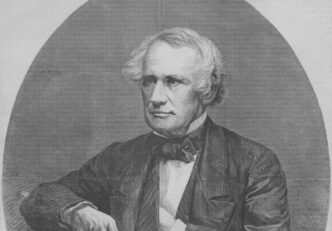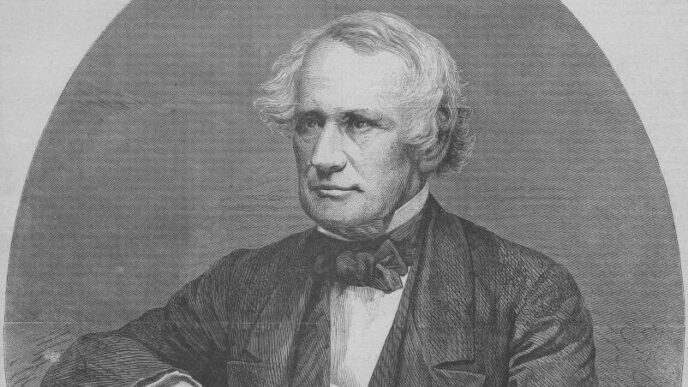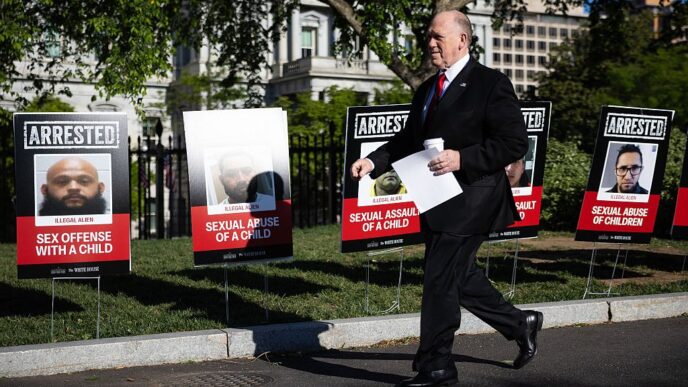Canadians head to the polls today to cast their vote in a snap election called by Prime Minister Mark Carney, in what may be the most consequential vote in the country’s history.
The contest has been completely transformed by U.S. President Donald Trump, who has launched a trade war on arguably his nation’s closest ally, and threatened to annex Canada and make it the “51st state.”
These actions have infuriated Canadians and helped spur a stunning Liberal comeback. The Conservative Party—led by the populist Pierre Polievre—had been ahead of the Liberals by 25 points before Justin Trudeau resigned in January and Carney replaced him as leader.
Read More: Why Canadians Are Giving Mark Carney a Shot
On election day, Carney’s Liberals sit at almost 43% in the opinion polls, compared to 39% for the Conservatives. The Liberals are heavily favored to win the most seats in Parliament.
Here’s what you need to know about the 2025 Canadian election.
How does the Canadian election work?
The election was called by Carney on March 23, a week after he was sworn in as Liberal Party leader and therefore Prime Minister following Trudeau’s resignation.
The first polls have already opened in Newfoundland, Canada’s most eastern province, at 7 a.m. E.T. Polls in other provinces will open later, staggered by timezones. The last polls close in British Columbia at 10 p.m. E.T.
Canadians will vote for a candidate from one of the political parties in their federal “riding,” or district. Whichever candidate gets the most votes in a riding will become a Member of Parliament (MP) in the House of Commons, and the party with the most MPs wins the election.
The Liberal Party currently has a minority government with 153 seats, the Conservatives have 120, followed by the separatist Bloc Québécois with 33, the social-democratic New Democratic Party with 25, as well as the Greens with two, and four Independent MPs.
What are Canadians saying about Trump?
Trump’s dealings with Canada have angered many, with sports fans booing the U.S. national anthem and Canadians boycotting American goods.
Carney, who did not hold elected office before becoming Prime Minister, has taken a firm line on Trump. In his first address, he said: “We will never, in any shape or form, be part of the U.S.”
He recently revealed that Trump had brought up the 51st state issue in their most recent conversation on March 28. “The president brings this up all the time,” Carney added.
Carney has been vocal about his approach toward U.S. tariffs. After President Trump’s announcement of global tariffs on April 2, or “Liberation Day,” the former central banker responded with a promise of retaliatory tariffs.
Poilievre has taken aim at Carney’s approach to Trump and tariffs, arguing that he failed to secure relief even as other countries managed to.
But a March poll by Ipsos suggested more Canadians think Carney is better able to deal with Trump and tariffs. The Liberals have also worked to paint Poilievre as a “Maple MAGA” and “Trump-inspired” figure at a time of resurgent Canadian nationalism.
Read More: How Trump Revived Canada’s Liberals
When can we expect a result for the Canadian election?
The counting of ballots begins once polls close in each province and territory. Mail-in ballots can be counted ahead of polls closing if there is a high volume of them. This year has seen a record 7 million votes cast ahead of election day.
Early indications of the results should come after 9:30 p.m. E.T., when polls close in Quebec and Ontario. These provinces are home to the majority of Canadians, and could give a good indication as to how different demographics and ridings nationwide have voted.
The CBC usually declares a winner on Election Night based on results from Elections Canada. But a close contest could mean it will take more time to determine whether Canadians elected a minority or majority government.
What are polls saying?
At the start of the year, the Conservatives looked set for an election win for the first time since 2011. Support for the Conservatives had been on a steady rise since June 2023, amid a global anti-incumbent wave and anger over the cost-of-living crisis.
Despite hitting a low of 20% at the start of January, according to CBC polling, the Liberals are now on track to win the election. Much of this climb has been at the expense of the more left-leaning New Democratic Party (NDP), which has fallen by roughly 11 points in the same period.
The CBC is projecting 161-204 seats for the Liberal Party. The Conservatives are projected to win between 111-146 seats, the Bloc Québécois between 19-26, and the NDP between 3-15. The Economist’s election model gives the Liberals a 72 in 100 chance of winning an outright majority in parliament, which is equivalent to more than 170 seats.














